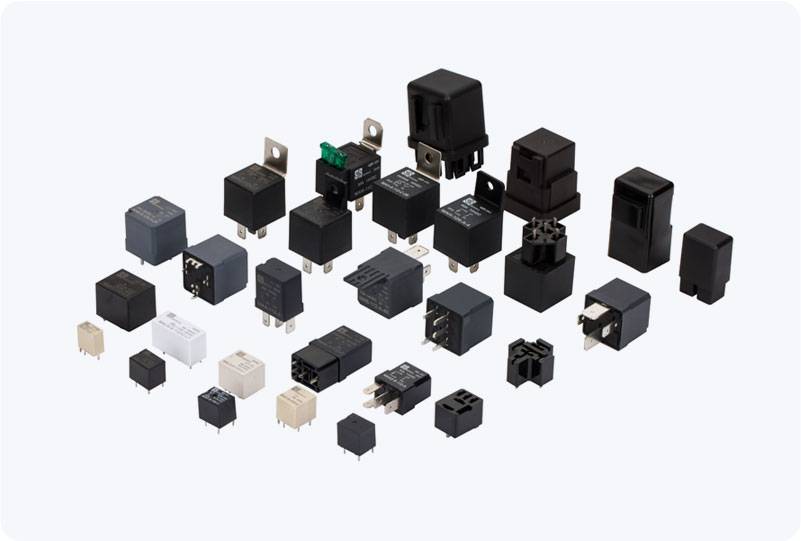In industrial automation, safety is a critical concern, especially when dealing with high-voltage equipment and systems that require precision and reliability. One of the key components that ensure safety in such environments is the Safety Isolated Relay. This type of relay is designed to protect sensitive control circuits from high voltage or other potentially hazardous factors, providing a vital safeguard for both machinery and human operators. In this article, we will explore the role, working principle, applications, and safety standards associated with Safety Isolated Relays in industrial systems.

What is a Safety Isolated Relay? A Safety Isolated Relay is an electromechanical device used to isolate low-voltage control circuits from high-voltage power circuits. The primary function of this relay is to ensure electrical isolation between different parts of a system, preventing potential damage or danger caused by electrical faults, such as voltage spikes or short circuits. By effectively separating control circuits from high-voltage systems, Safety Isolated Relays help ensure that sensitive electronic systems are not exposed to harmful electrical conditions. How Does a Safety Isolated Relay Work?